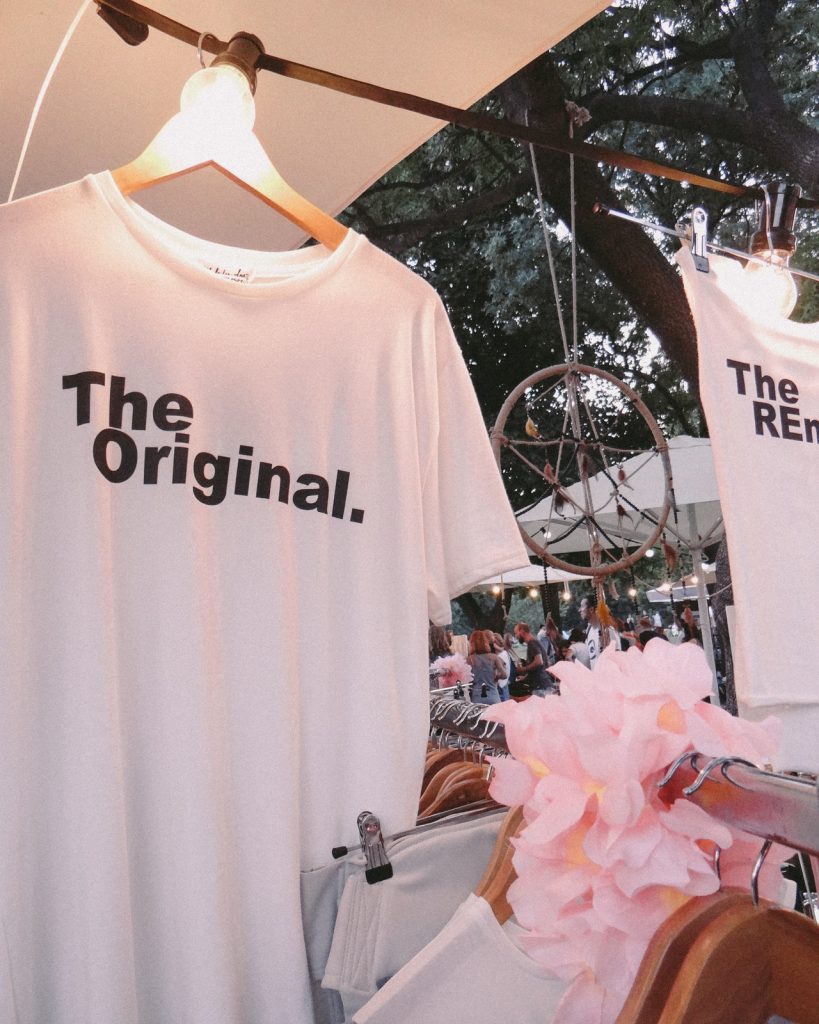Liquidation merchandise seems like an easy-enough sell, but liquidation centers often have trouble selling their merchandise. Take these tips into consideration before opening your own liquidation center to ensure that you give your business a fighting chance to stay open.
Choose Your Merch Carefully
It’s hard to run a large liquidation center that allows you to provide different types of retail items in one space. It is easier to be known for one specialty. Choose one type of merchandise and start looking for deals. For instance, if you’ve found a pallet filled with industrial roofing material and you plan on selling toys and clothing in your store, you might want to leave that pallet for retailers who are more interested in selling power tools and other construction-related items. Be sure to keep your cost low by buying merchandise or pallets that are located close to you. This way you’ll save money on shipping costs.
Consider Your Location
Location is key for a retailer. If you’re opening a brick and mortar store ensure that you’re not close to your competitors and that you’re located near your target audience. For instance, you can get a truckload of liquidations from Lowes with customer returns and other new items. If you’re buying Lowes liquidations you don’t want to be located near a Lowes retail store but you will want to be close to an industrial area where your customers will find your store convenient.
Be Mindful of Pricing
Do your research when it comes to pricing. The worst mistake a retail outlet can make is overpricing their stock. If your customer can pick up their phones and find that you’re selling customer returns for the same price as brand new items, you’ll lose their business and risk the chance of them posting a bad review of your store detailing the pricing issues.
Create Sale Rules
It is very hard to sell your merchandise much less re-sell returns. Ensure that you’ve got a sales policy in place. Limit or place a no return policy on your items. Make your customers feel safe by telling them to be sure that the items work or are to their satisfaction in the store before they finalize their sale.
Have a Backup Sales Plan
Retailers can run into the issue of having merchandise sitting on shelves. Even merchandise in like-new conditions runs the possibility of not selling. As you buy new pallets you’ll need the space for new merchandise. Have a backup sales plan for items that don’t seem to be selling in your store.
You can sell your items online on Craigslist, eBay, or even Amazon. Be careful if you’re selling on Amazon if one of your customers tells Amazon that you’re selling a used product under the premise that it is new, your store can be closed down indefinitely. For items that are really not selling at all, you can donate your items to Goodwill, The Salvation Army, or even the Habitat for Humanity Re-Store if you’ve got construction merchandise.
Going into retail sales is always a gamble. You must have a game plan in order to succeed. Make sure that you’re not in over your head when it comes to sales and pricing. You should have a nice variety of liquidations on your sales floor but ensure that they make sense for your customer base. There are a lot of department store liquidations out there that you can bid on and acquire at a great price. Don’t get carried away with the bottom line, try to get your merchandise sold so that you can stock your shelves with more merchandise. Ensure that your customer service skills are on point and you’ll be selling out in no time!





